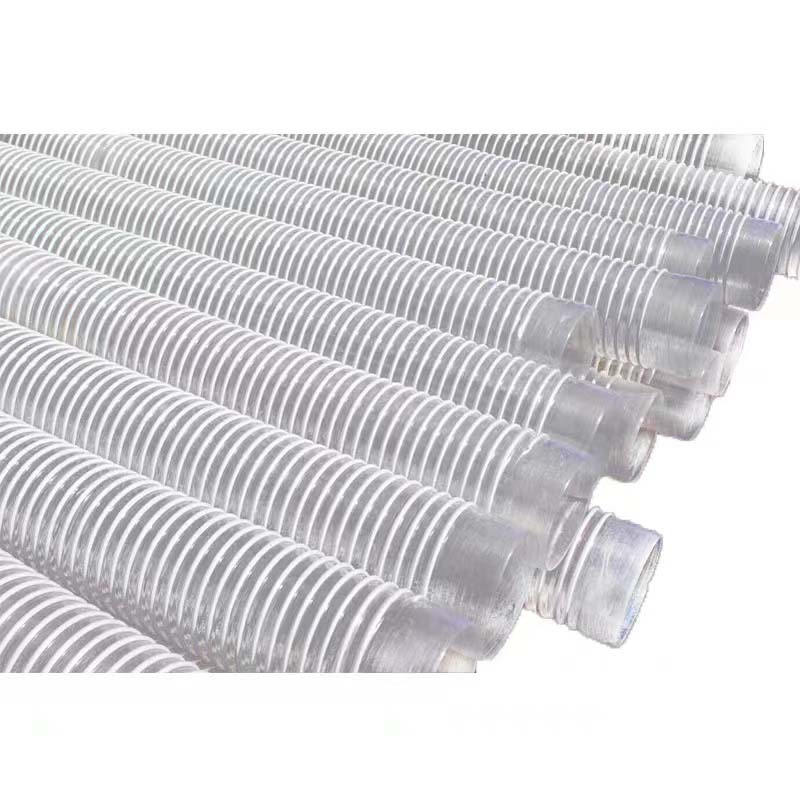air hose rubber vs pvc
Air Hose Rubber vs. PVC
When it comes to air hoses, two of the most common materials used are rubber and PVC (polyvinyl chloride). Each of these materials has its own set of benefits and drawbacks, making the choice between them depend largely on the specific application and user preferences.
Rubber Air Hoses
Rubber air hoses are known for their durability and flexibility. They can withstand a wide range of temperatures, making them suitable for outdoor use and in various environments. Rubber hoses are less likely to become brittle in the cold and are less affected by heat, ensuring consistent performance year-round.
Moreover, rubber air hoses often have a higher resistance to abrasion and tearing compared to their PVC counterparts. This makes them ideal for heavy-duty applications where the hose may be dragged across rough surfaces or subjected to harsh treatment. These hoses also tend to have better kink resistance, which means they can maintain airflow even when bent or coiled.
On the downside, rubber air hoses can be heavier and more expensive than PVC hoses. Their weight can make them cumbersome to handle, especially for tasks that require mobility. Additionally, while rubber is flexible, it can sometimes be less user-friendly in terms of winding and storage, requiring more space.
air hose rubber vs pvc

PVC Air Hoses
PVC air hoses, on the other hand, are known for their lightweight and cost-effective nature. This makes them a popular choice for consumers who need a convenient and economical solution for less demanding tasks. PVC hoses are generally easier to handle, transport, and store due to their lighter weight.
They are also typically less expensive than rubber hoses, making them attractive for casual users or those with budget constraints. PVC hoses are suitable for lighter air tools and less intensive applications, such as inflating tires, powering pneumatic tools for home use, or other general air supply tasks.
However, PVC air hoses do come with limitations. They may not perform as well under extreme temperature conditions; they can become stiff and difficult to work with in cold weather and can be prone to degradation from UV exposure when left outside for extended periods. Additionally, they can be more susceptible to kinking, which can impede airflow and efficiency.
Conclusion
In summary, the choice between rubber and PVC air hoses largely depends on the intended application. For heavy-duty, industrial, or outdoor use, rubber hoses provide superior durability, flexibility, and performance. Conversely, for lighter, casual tasks, PVC hoses offer a practical, budget-friendly alternative. Understanding the specific needs of your project will guide you in selecting the right hose for the job, ensuring efficiency and reliability in your air supply system.
-
Top Quality Oxy Acetylene Hoses for Sale Fit for Welding DemandsNewsJul.28,2025
-
The Future of Pneumatic Air Tubes in IndustryNewsJul.28,2025
-
Superior and Reliable LPG Hose Pipe Solutions for Every NeedNewsJul.28,2025
-
Exceptionally Durable and Versatile Premium Braided PVC TubingNewsJul.28,2025
-
Best Adapters for Connecting Garden Hose to PVC Pipe ConnectionsNewsJul.28,2025
-
The Essential Role of LPG Hoses in Safe and Efficient Gas DistributionNewsJul.16,2025














